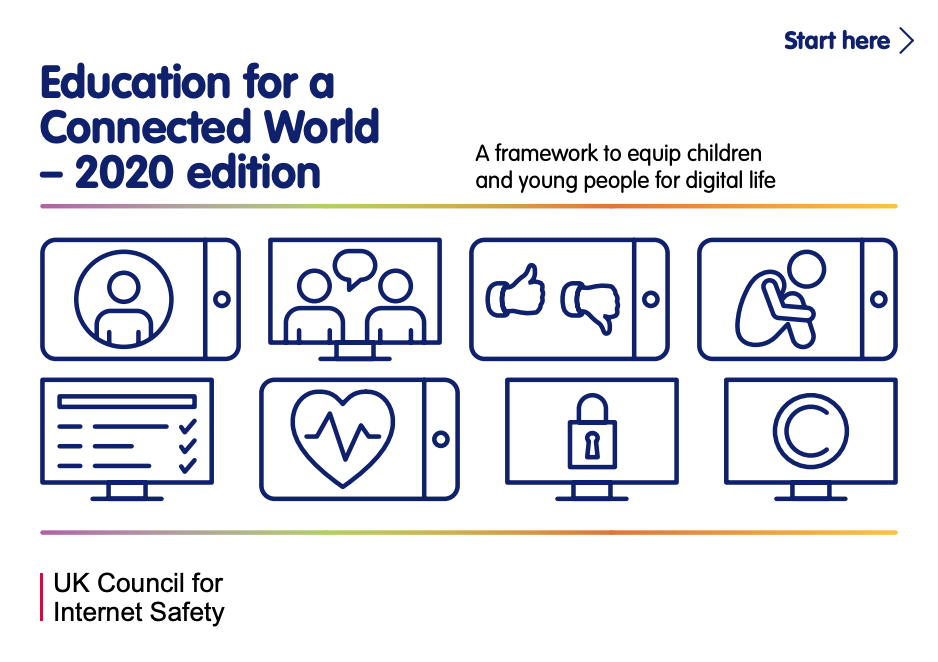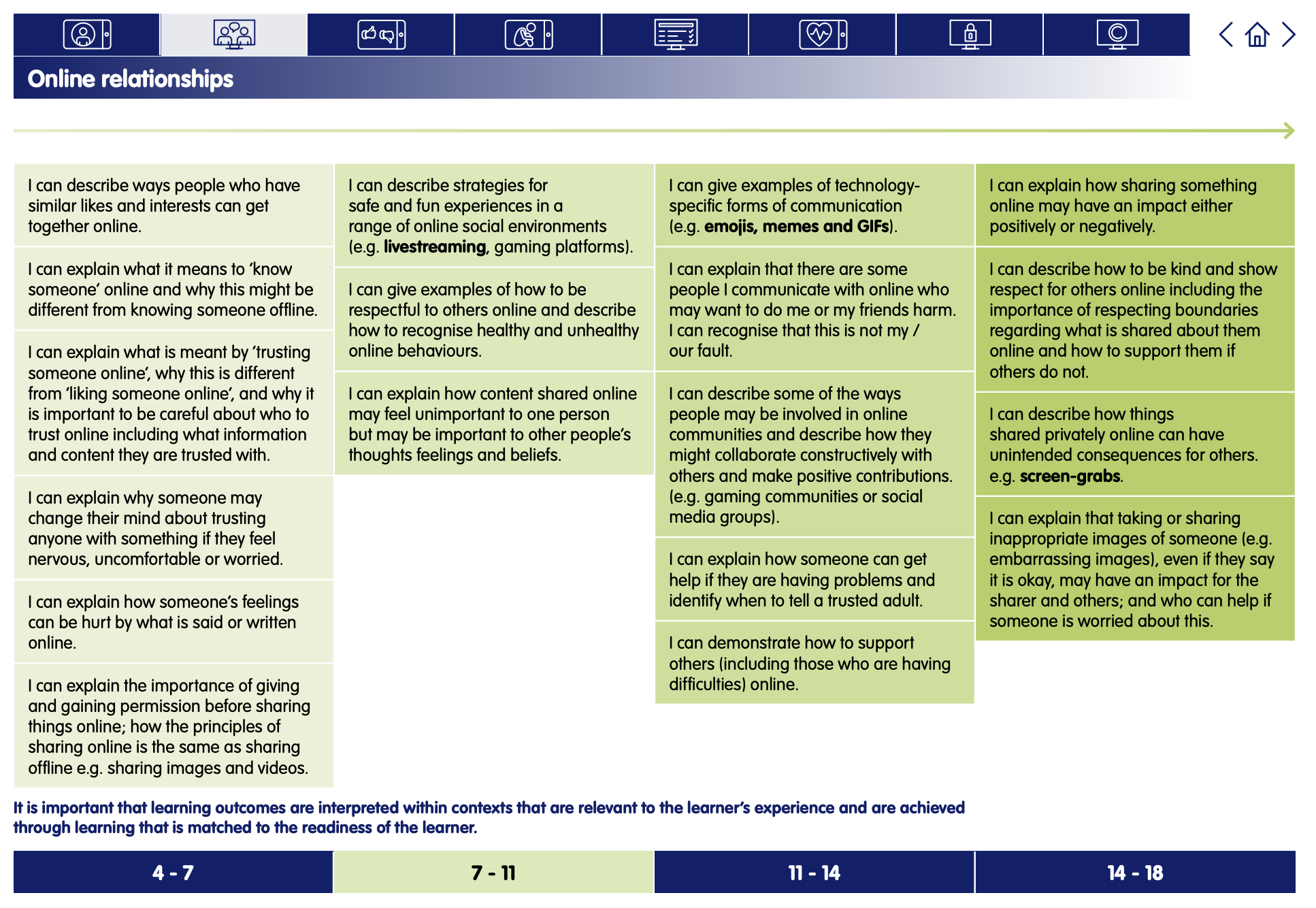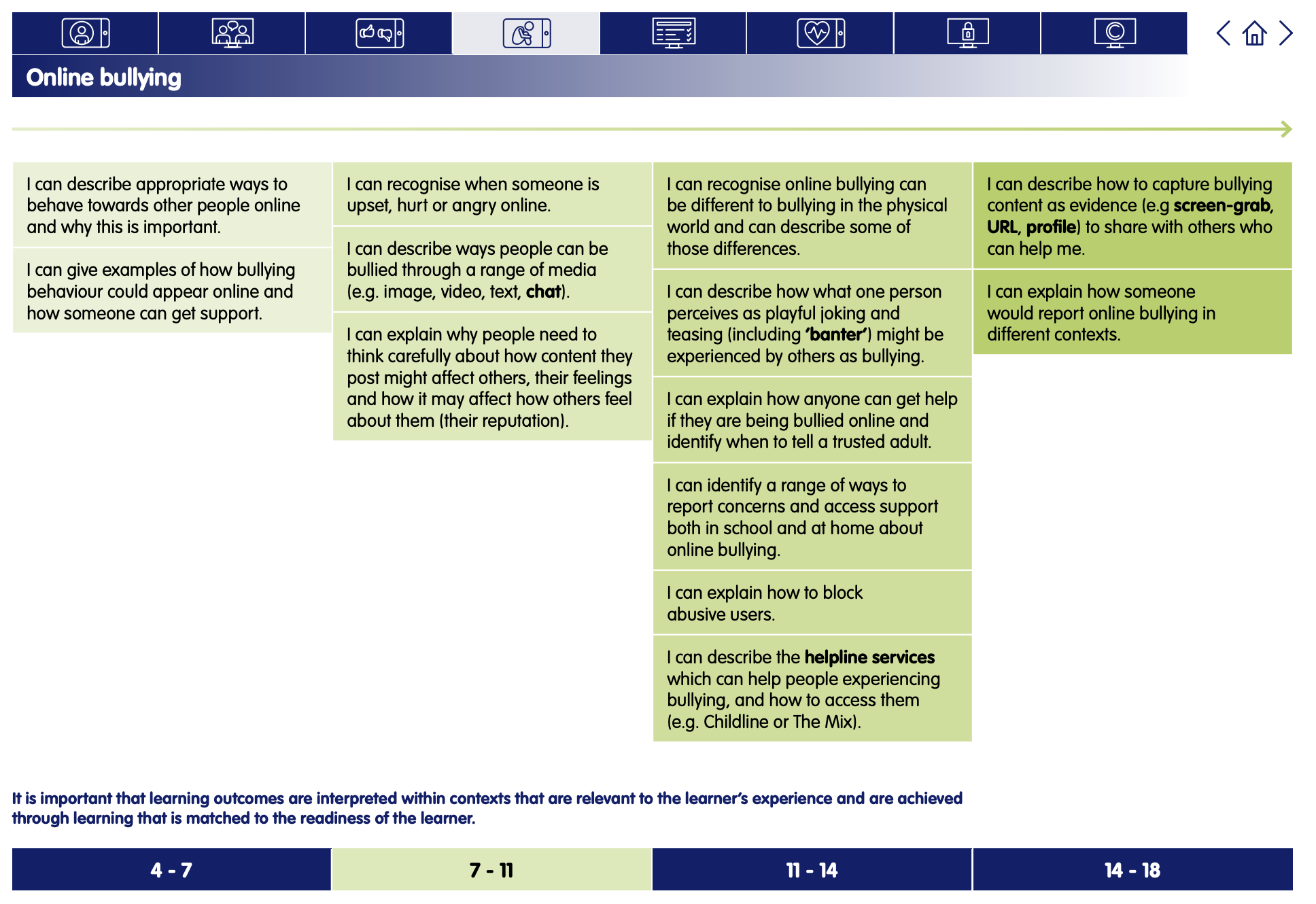Putting a STOP to Online Meanness
Digital Literacy and Online Safety (Y3) - Lesson 5
A note about this lesson

This lesson is taken from Common Sense Education’s excellent Digital Citizenship curriculum. Their resources are shared for free under A Creative Commons Attribution- NonCommercial- NoDerivatives 4.0 International License.
You can find the original resources HERE.
Objectives
- Understand what online meanness can look like and how it can make people feel
- Identify ways to respond to mean words online, using S-T-O-P
Lesson Resources
Lesson 1 - Device-Free Moments
Lesson 2 - That's Private
Lesson 3 - Digital Trails
Lesson 4 - Who's In Your Online Community?
Lesson 5 - Putting a STOP to Online Meanness
Lesson 6 - Let's Give Credit
Links to Education for a Connected World.
This lesson from Common Sense Media's Digital Citizenship curriculum links to the following strands from the Online relationships and Online bullying sections of the Education for a Connected World framework.
Introduction - What Is Meanness?
The internet is filled with all kinds of interesting people, but sometimes, some of them can be mean to each other. With this role play, help your students understand why it's often easier to be mean online than in person, and how to deal with online meanness when they see it.
Ask: What does mean behaviour look like? (Slide 3)
Student answers will vary, but highlight the following: making fun of how someone looks, spreading lies about someone, and saying rude things to them.
Ask: How does mean behaviour make people feel?
Invite students to respond. Answers will vary, but possible responses include feeling hurt, angry, upset, and scared.
Ask: What should you do if you ever experience someone being mean to you or if you see someone being mean to another person?
Invite students to respond, and emphasise that they should always tell a trusted adult if they experience or witness any form of meanness.
Say: The internet is filled with fun and interesting things, but sometimes people can be mean to each other online.
Clarify that online means using a computer, phone, or tablet to visit a website or app. (Slide 4)
Explain to students that some examples of online meanness include:
- Sending a mean message to someone
- Posting mean things about someone on a website
- Making fun of someone online
- Doing mean things to someone's character in an online game
If students are familiar with the term cyberbullying, using digital devices, sites, and apps to intimidate, harm, and upset someone, you can use that term instead.
Ask: Have you ever seen someone make someone else feel bad online?
Invite students to pair-share, but emphasise that they can explain what happened but not use real names.
Explain that they will be learning more about how online meanness can happen and what to do when it happens to them or to someone they know.
Online Vs Face-to- Face
Ask: Why do you think someone would be mean to someone else online? (Slide 5)
Answers will vary, but possible reasons include: they were trying to joke around, or they feel badly about themselves and are taking it out on someone. Students might also note that people might say things online that they wouldn't face-to-face.
Say: It can sometimes be easier for people to be mean online versus in person, because they don't have to actually see the person face-to-face and see the other person's emotions.
Explain to students that they are going to pretend the stuffed animal is actually someone you know. While facing the stuffed animal, say (in a mean tone): I can't believe you like superhero shows. That is something my little brother would watch!
Then, project Slide 6 and have students silently read the chat conversation.
Ask: What was the difference between writing something mean versus saying it to the person?
Project Slide 7 and gather student responses in the t-chart.
Emphasise that both were mean (saying it face-to-face and online), but that it was probably easier to type it out than to say it to the person, because you don't have to see the person's reaction and they can't hear the tone of your voice.
Say: Remember, if you wouldn't say something to another person's face, it's definitely not OK to say it online.
STOP Meanness
Distribute the STOP Online Meanness Student Handout. Have a student read the scenario on Slide 8 aloud. Allow pairs five minutes to complete the first two questions.
Invite students to share their responses with the class.
Say: If you ever experience online meanness, remember to STOP!
Project Slide 9 and review the four rules for dealing with online meanness. As you review each rule, ask the following follow-up questions to guide the discussion.
S: Step away
- Why do you think you should stop using your device and step away?
T: Tell a trusted adult
- If someone makes you feel angry, sad, or scared online, which grown-ups can you tell and ask for help?
O: OK sites only
- Why is it important to go online only with an adult, or when an adult says it is OK?
Emphasise that some sites are not made for kids, and allow kids to communicate with others. This opens up opportunities for online meanness to occur.
P: Pause and think
- Would it be helpful to talk to the person who was being mean?
Ask: What advice would you give Jada to respond to this situation? Remember S-T-O-P!
With a partner, have students complete question 3 of the STOP Online Meanness Student Handout and then invite students to share their responses with the class.
- S: Jada should step away from the computer.
- T: Jada should tell an adult she trusts what happened.
- O: Jada should not go back online or return to the pony website until an adult says it is OK.
- P: Jada should take a moment to pause and think about the situation. If Jada and Michael are good friends, Jada may want to tell Michael how his actions made her feel, after she gets advice from an adult. If Michael continues to be mean to her, she should immediately tell an adult.
Ask: Which of the 4 rules in S-T-O-P do you think is the most important? Why?
Give students a moment to think and then informally poll the class. Be sure to emphasise that telling a trusted adult (T) is the single most important thing they should do if they ever experience online meanness.
Plenary - Pause & Think Moment
Say: We go online to watch videos, send messages to people we know, play games, and do homework. Sometimes people say mean or scary things. If you ever experience someone being mean online, remember to S-T-O-P!
Direct students to the Pause & Think Moment on page 2 of the STOP Online Meanness Student Handout. Read the directions aloud and allow students to complete the reflection independently. (Slide 10)
Invite students to share their reflections with the class. Collect handouts to assess student learning.
Send home the Family Activity and Family Tips.



